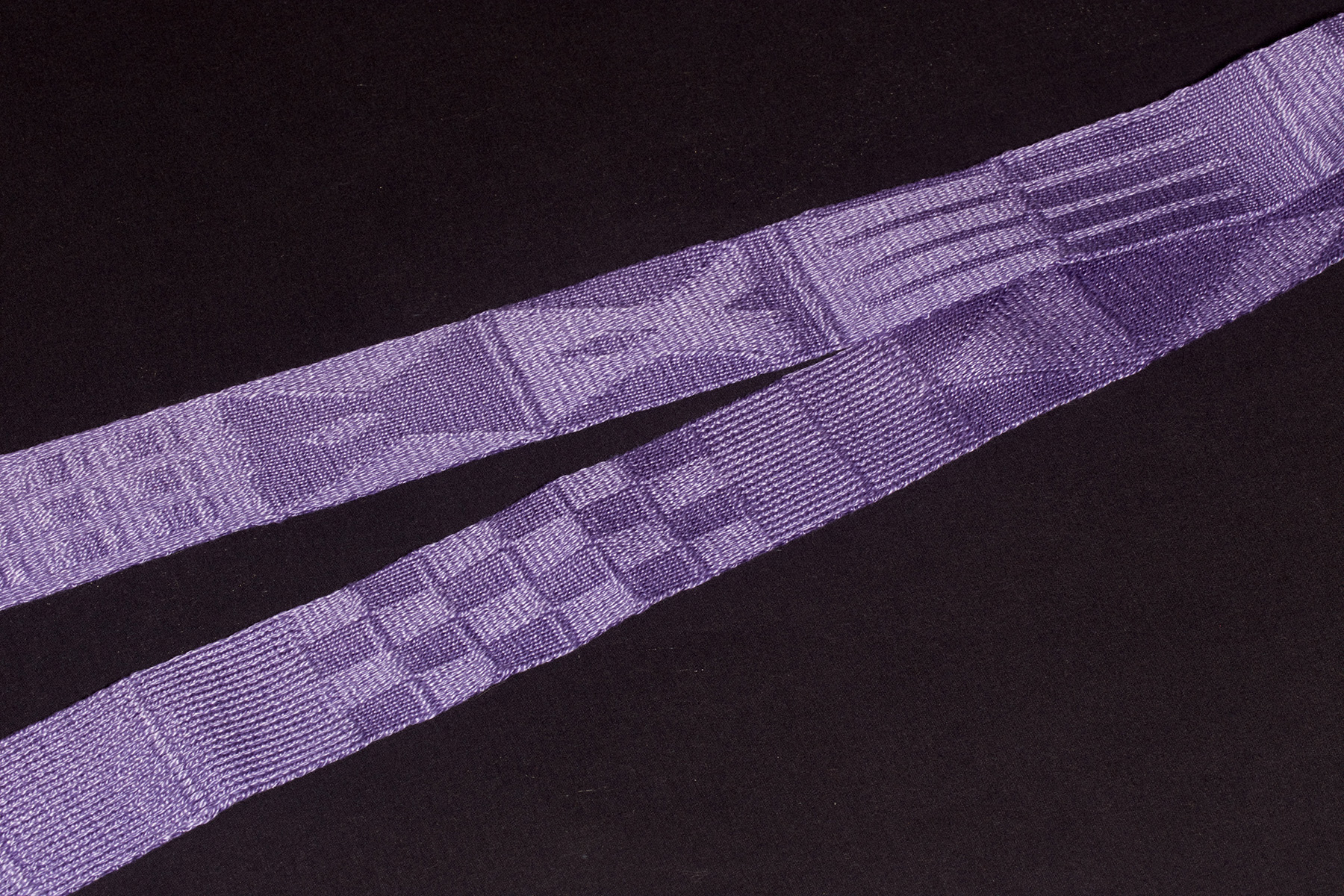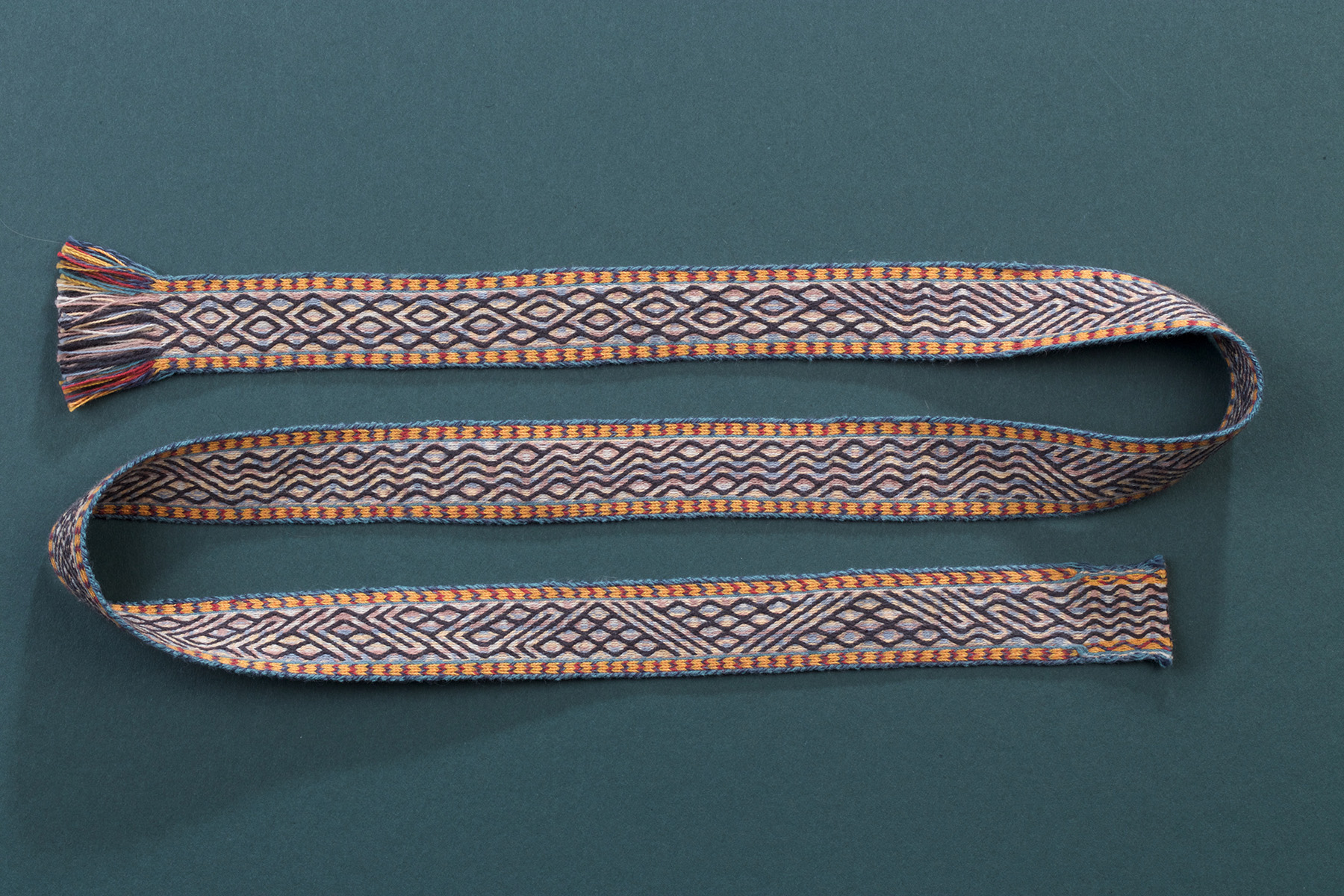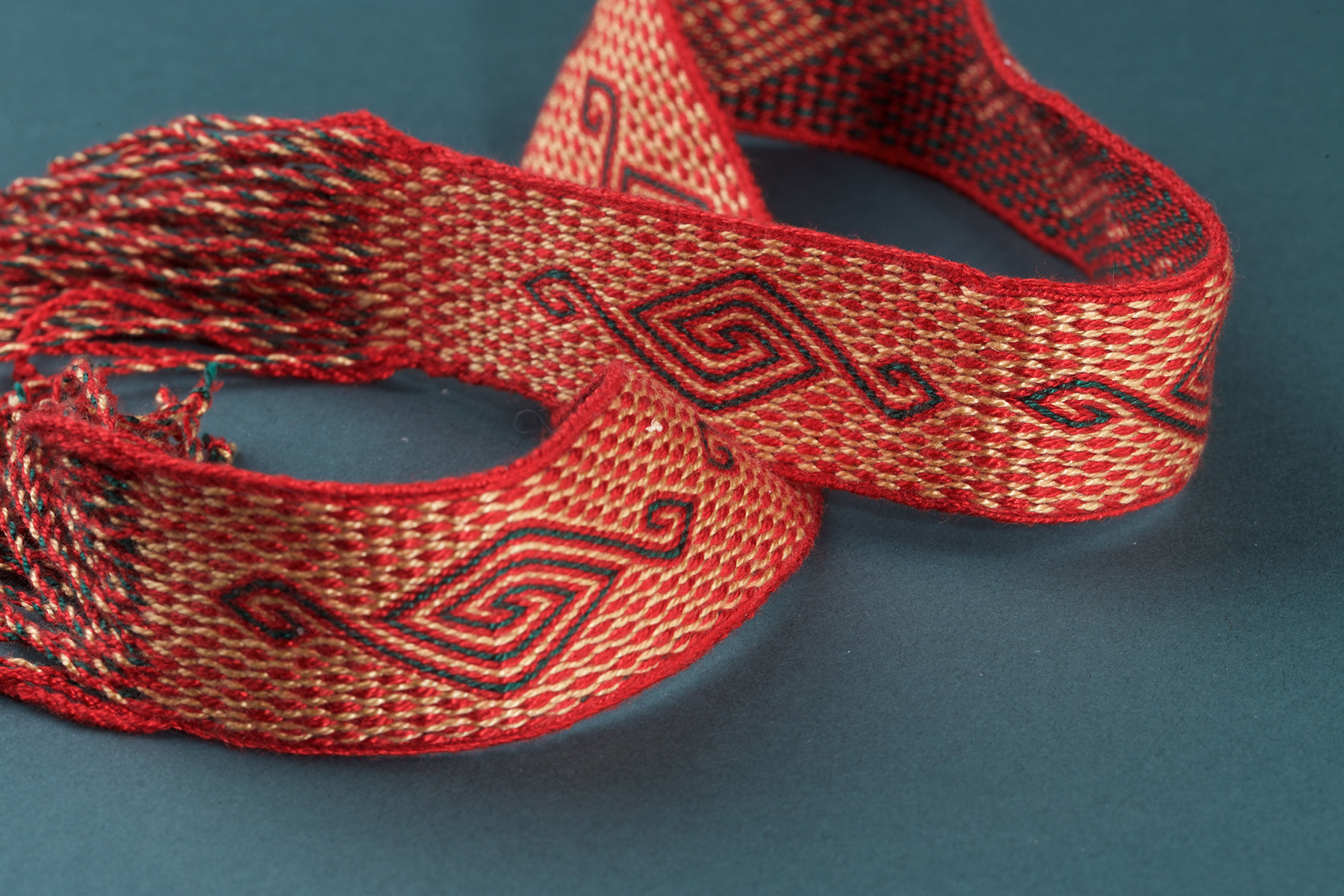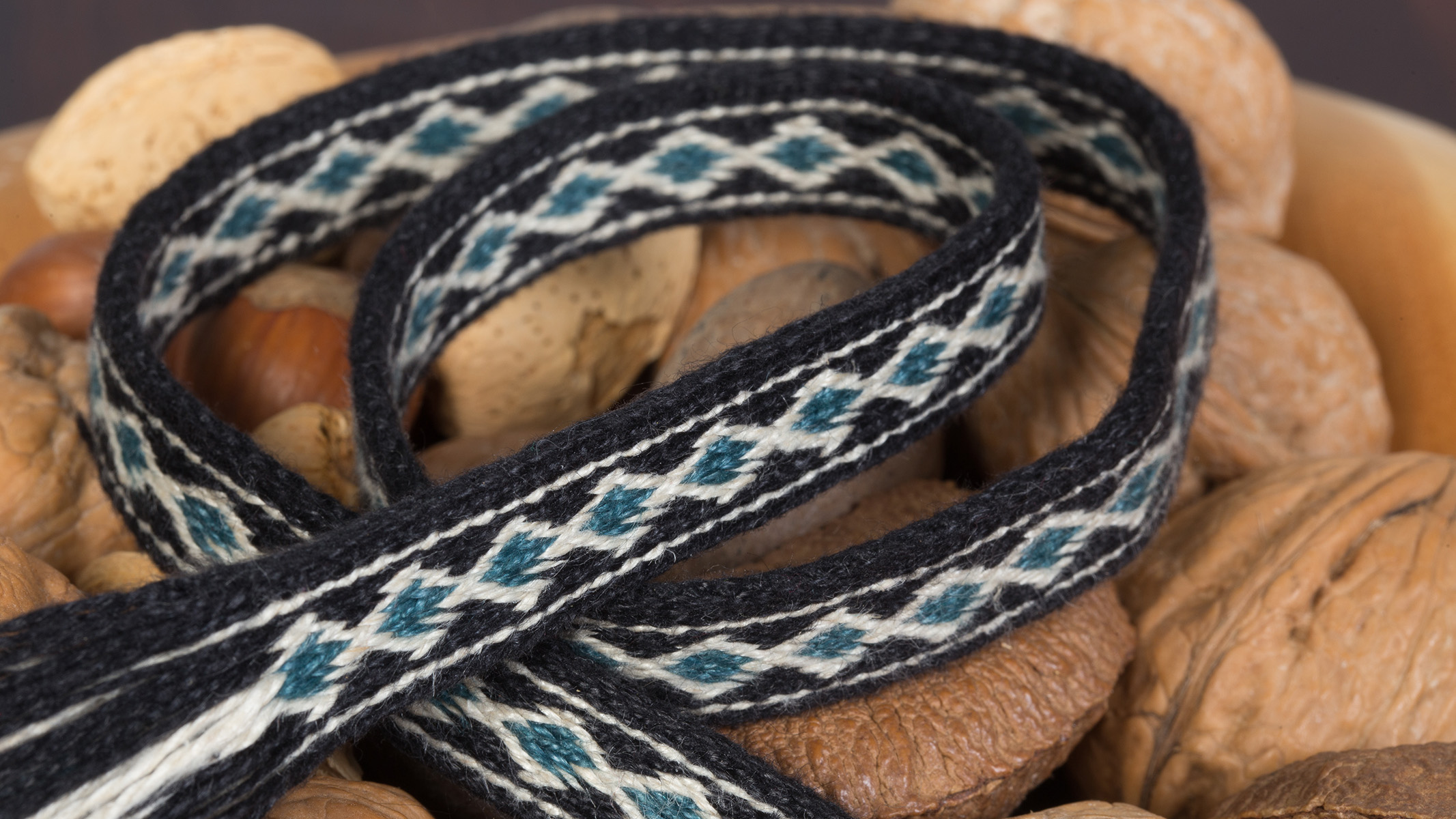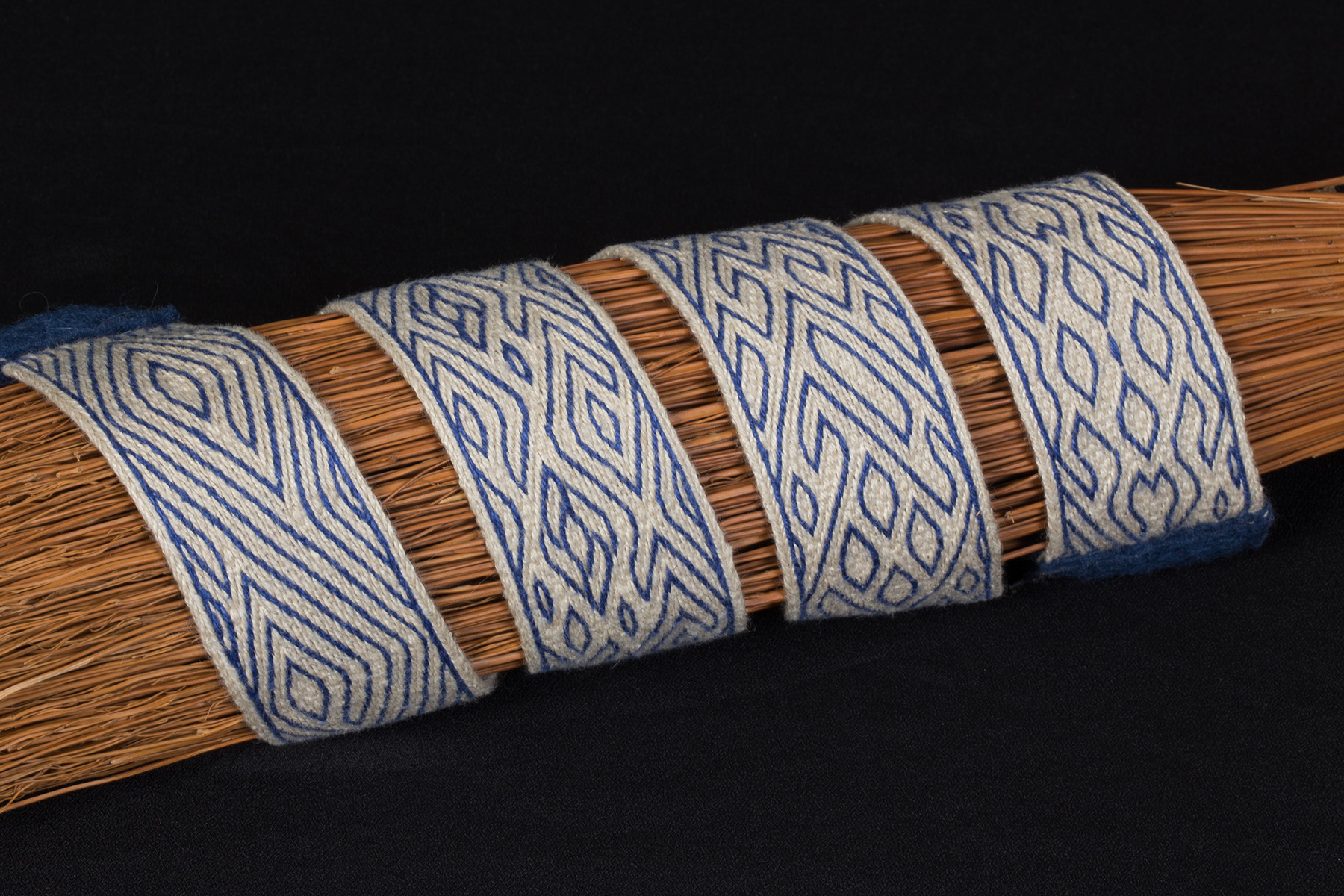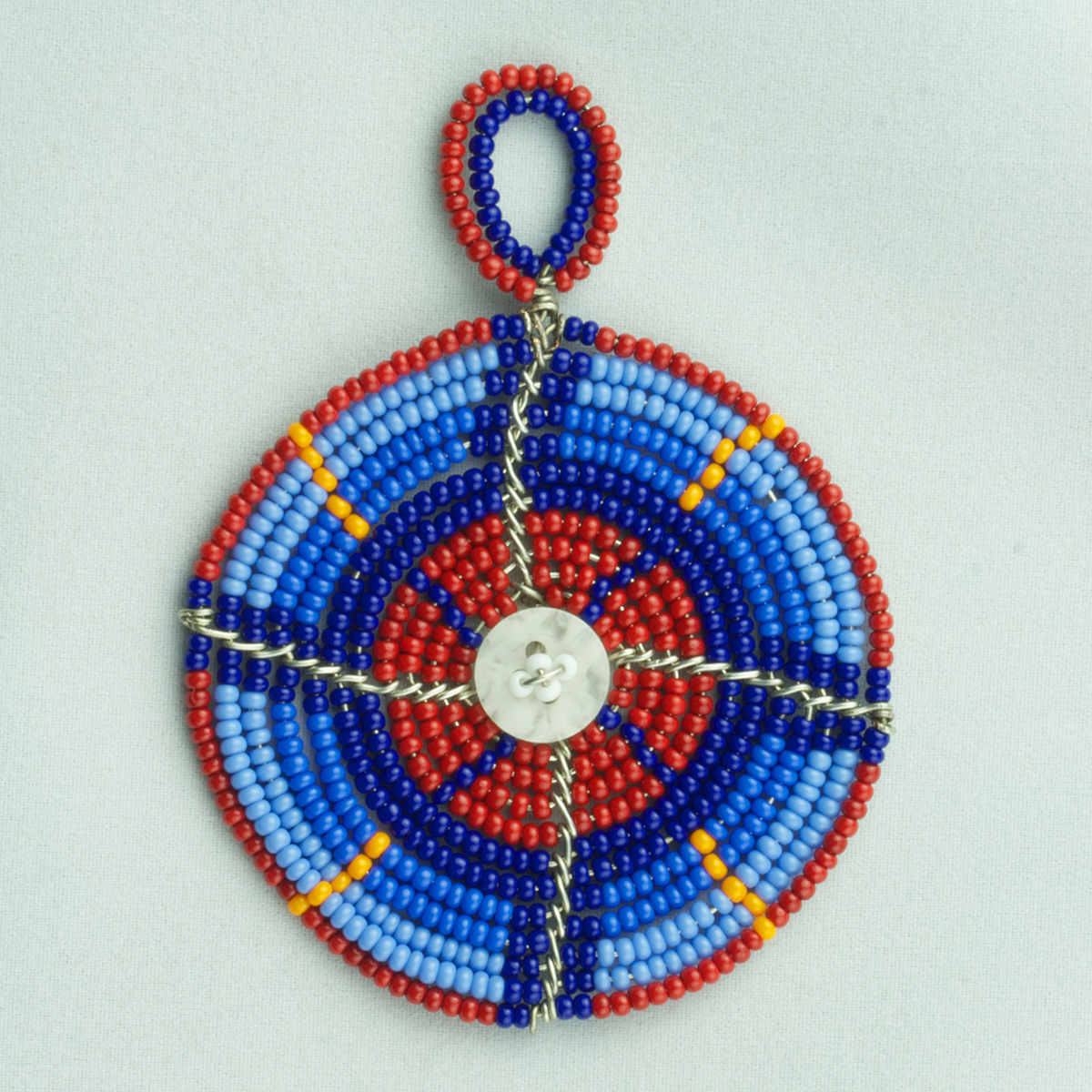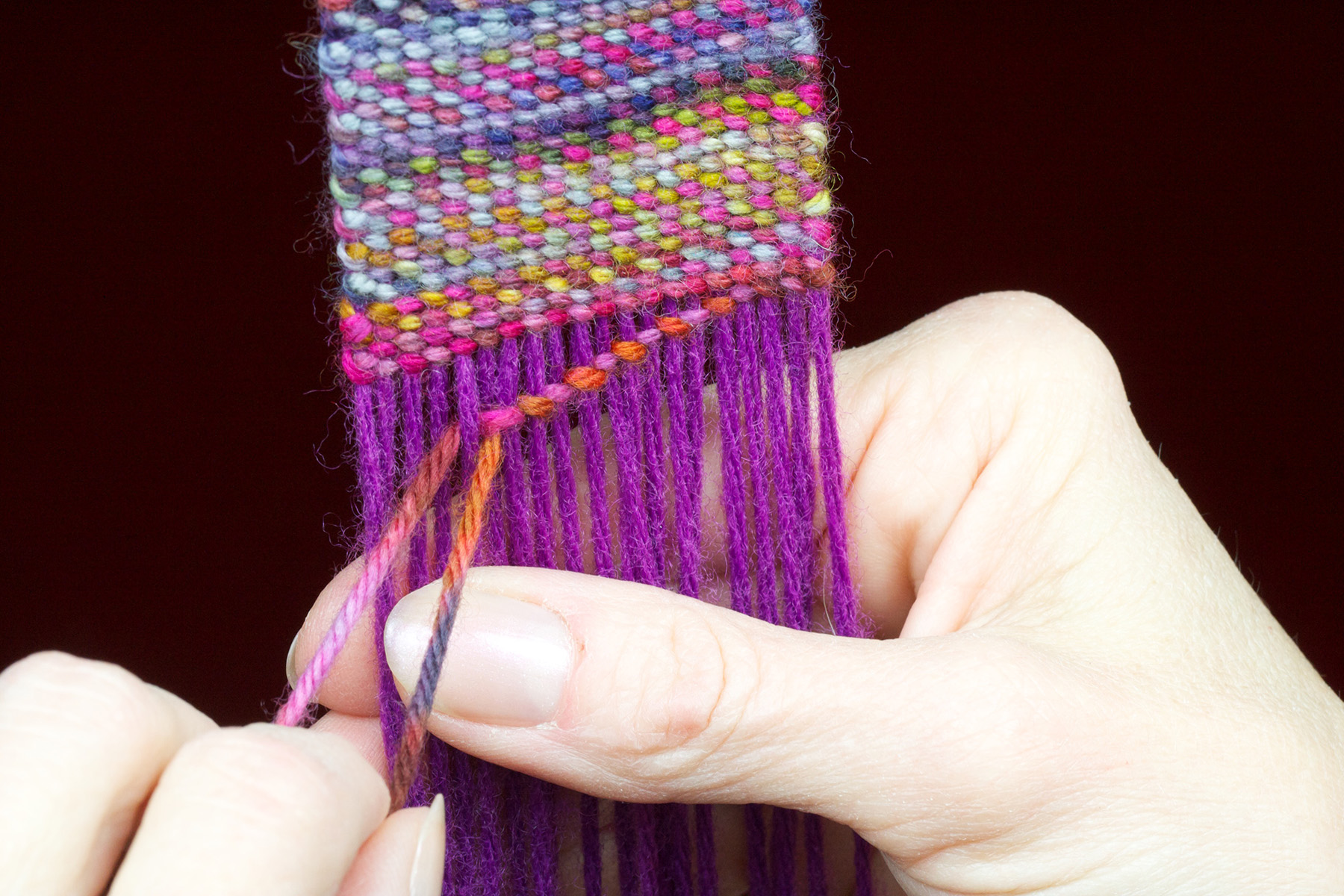You were inspired, you actualized the concept, finally you perfected the piece – you, the artist, are pleased with the result. Now to tell the world!
Established artists share the same advice with budding artists all the time; don’t skimp on the photography. Photographs will make or break an artist’s success, whether the work is to be for sale, is to be included in a publication, or is to advertise what the artist is capable of. In any case, the work should be professionally and artistically lit, to put it in its best light, to do it justice.
At the Shutter and the Shuttle we not only understand all the photography techniques to put your work into the best light (literally!), we also understand many of the weaving- and crafting techiques and what makes them special. Combining this knowledge we aim to produce photos that make your artistry shine!
Sample Portfolio
In typical weaving systems, the shed is created (for the weaving weft to pass through) by means of string or metal heddles which lift some warp threads. Not so in Tablet Weaving, an ancient technique that is re-gaining popularity these days. Here, the shedding device is a simple cardboard card, with holes punched through to hold the threads – a truly ingenious method for weaving narrow bands.
The Tablet Weaving Study Group, a subset of the Seattle Weavers’ Guild, meet monthly to share their projects, to take inspiration from one anothers’ work, to learn, and to delight in the colors and patterns.
Bands woven by Linda Malan, Lois Gayloard, Kris Leet, Sarah Blauman, Lynn Scovill, Marijke van Epen, Marilyn Romatka
In her book Creative Crafts of the World Marilyn Romatka teaches 15 selected folk art crafts from around the world.
Marilyn Romatka had a vision. After a decade of teaching folk art to kids, just about everything that could go wrong in a classroom had gone wrong in her class room, and she felt she had some wisdom to share with other teachers. With a passion to pass traditional skills on to the next generation (but being limited to having a limited number of kids in class with her), she set out to self-publish a book that would teacher instructors how to teach folk art to their own classes. Marilyn wrote her book as a book from a teacher, for a teacher; with materials needed, pitfalls to anticipate, step-by-step instructions, and ideas for variations.
But to teach a skill from a 3D world in a 2D format, she needed photos. She needed clear photos that showed the important part of each step of the process. She needed close-ups, correct color for the natural dye chapter, thoughtfully staged pictures of the final products of each chapter.





